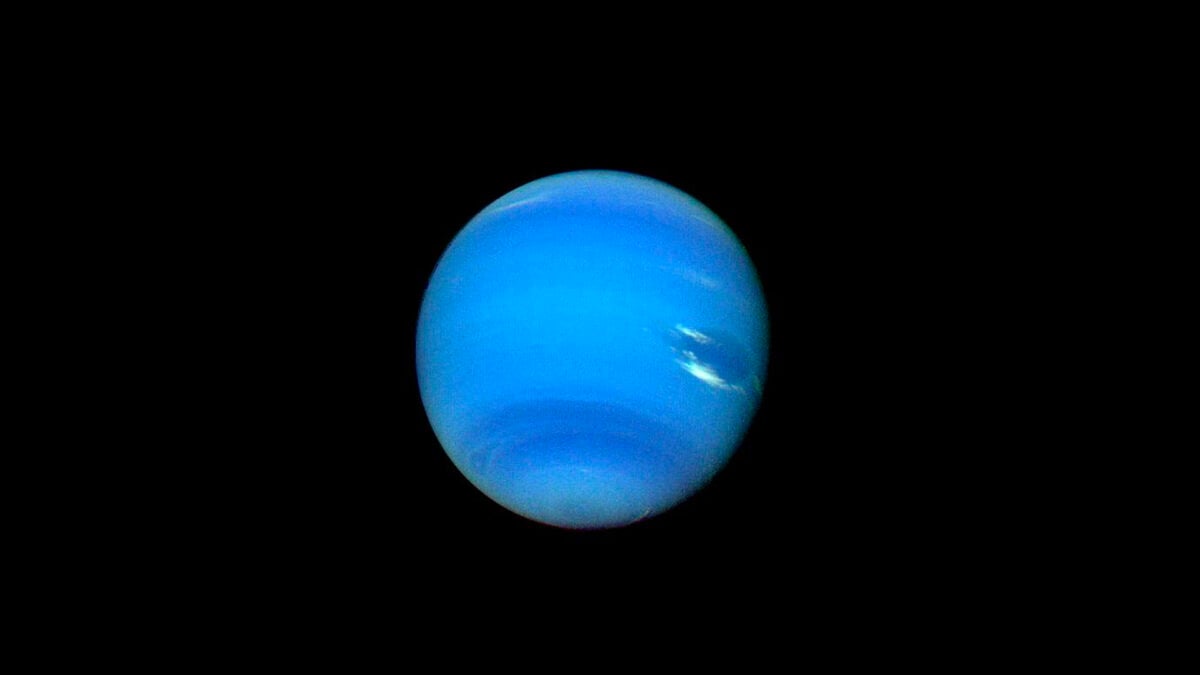Neptune Dances in Sync With a Rare Distant Object, Astronomers Find

For lovers of newly identified space objects, July has indeed been an exciting month. Last week, astronomers described Ammonite, a potential dwarf planet beyond Pluto. Yesterday, astronomers announced the existence of BetelBuddy, a small companion star orbiting Betelgeuse. And now we have another exciting discovery to share.
In a Planetary Science Journal paper published earlier this month, astronomers with the Large inclination Distant Objects (LiDO) survey reported the discovery of 2020 VN40, a rare distant object that orbits the Sun once for every ten orbits Neptune completes. Astronomers have classified 2020 VN40 as a trans-Neptunian object—a class of small objects and dwarf planets that orbit the Sun at a greater distance than Neptune. The small object sports a peculiar, tilted orbit that places it in orbital resonance with Neptune at a ratio of 10:1. This means the two celestial bodies affect each other’s motion, locking them into a clean, neat ratio of orbital periods.
“This is a big step in understanding the outer solar system,” Rosemary Pike, lead researcher from the Center for Astrophysics | Harvard & Smithsonian, said in a statement. “It shows that even very distant regions influenced by Neptune can contain objects, and it gives us new clues about how the solar system evolved.”
Spotting an oddball object in the solar system is always a cause for celebration, but 2020 VN40 stands out for a couple of reasons. First, it supports the idea that Neptune’s gravity can pull distant objects into the inner solar system—something astronomers have documented with other distant objects.

What’s more, 2020 VN40 features a strange, tilted orbit that brings it closer to the Sun when it’s nearest to Neptune—the opposite of how most similar objects behave. This tilt is what’s causing the observed orbital sync between Neptune and 2020 VN40, in which the smaller object approaches the Sun once for every ten orbits Neptune completes, according to the study authors. This means that, for 2020 VN, one year is equal to 1,650 Earth years!
“This new motion is like finding a hidden rhythm in a song we thought we knew,” said study co-author Ruth Murray-Clay, an astronomer at the University of California, Santa Cruz. “It could change how we think about the way distant objects move.”
“This is just the beginning,” said Kathryn Volk of the Planetary Science Institute. “We’re opening a new window into the solar system’s past.”







